Enthusiasts had been crying out for a compact camera with a good lens and a large sensor, but none of the major camera manufacturer really flinched. In the end it fell to Sigma, a company that most people would associate with making lenses, to make the first move with the DP1 more than two years ago.
The DP1 was a strange beast in many ways, but what made it interesting was its unique Foveon X3 sensor. Unlike the conventional CCD or CMOS sensors used in almost every other digital camera, which can capture only one primary colour per photocell, the Foveon X3 is able to capture full RGB colour in every individual photocell.
Instead of using a Bayer mask filter to estimate RGB values for each photocell, Sigma’s Foveon X3 sensor has three receptors stacked on top of each other - one each for Red, Green and Blue values. These are buried within the sensor at precisely calculated depths that correspond to the frequency of the light - lower frequencies can penetrate further into silicon and so the red receptors are the deepest, followed by green and then blue.
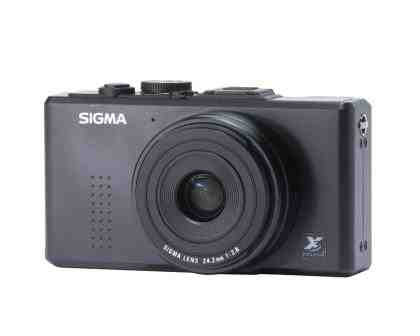
Like the DP1 (and the DP2), Sigma's DP2s uses a 20.7x13.8mm sensor that produces 2,652x1,768-pixel resolution images. That's quite a bit smaller than most of today's cameras and works out at 4.7 megapixels, but it's recording three times as much information per pixel so in theory it can produce the same amount of detail as a conventional 14.1-megapixel sensor.
Another unusual choice that Sigma made was to equip the DP2s with a fixed 41mm (equivalent) f/2.8 lens. Most camera manufacturers are tending towards wide-angle zoom lenses, but its equivalent focal length is similar to the 50mm prime lenses which older SLRs used to be sold with. It also means photographs look very natural with a perspective similar to the human eye.
The DP2s’s body looks quite dated by today’s standards, but it’s well built and made from metal. The 2.5in screen also feels rather dated and its 230,000-dot resolution makes manual focusing something of a black art. Even though you can zoom in to aid manual focusing, it’s simply not sharp enough to be of any use.
The controls feel a bit flimsy which is disappointing for such an expensive camera and - worse still - they’re confusing. The manual focus wheel in particular is fiddly and could be better positioned (we’d prefer to see a focus ring on the lens barrel) and the two buttons on the top right edge are awkward to use. The menu isn’t a place to find solace, either, as you’re greeted with almost retro styling and a clunky interface.

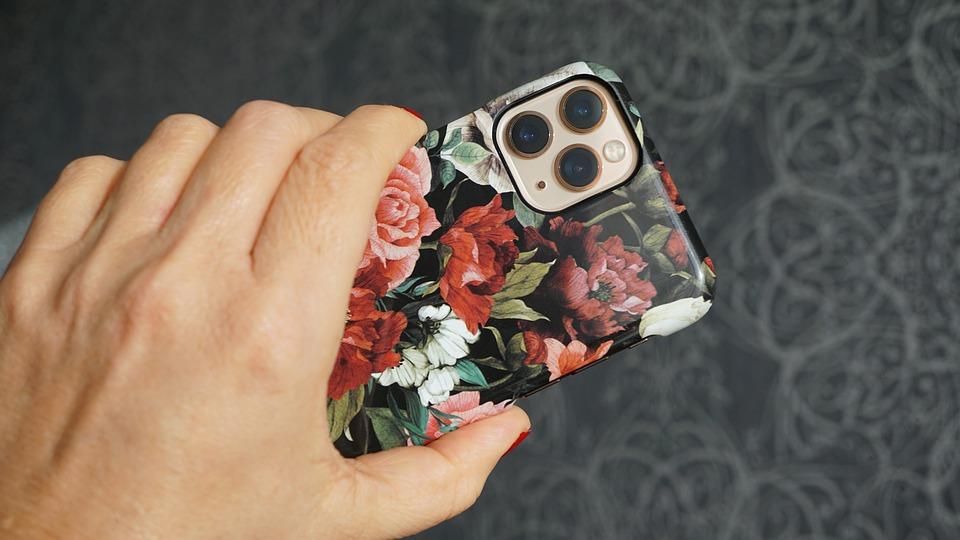
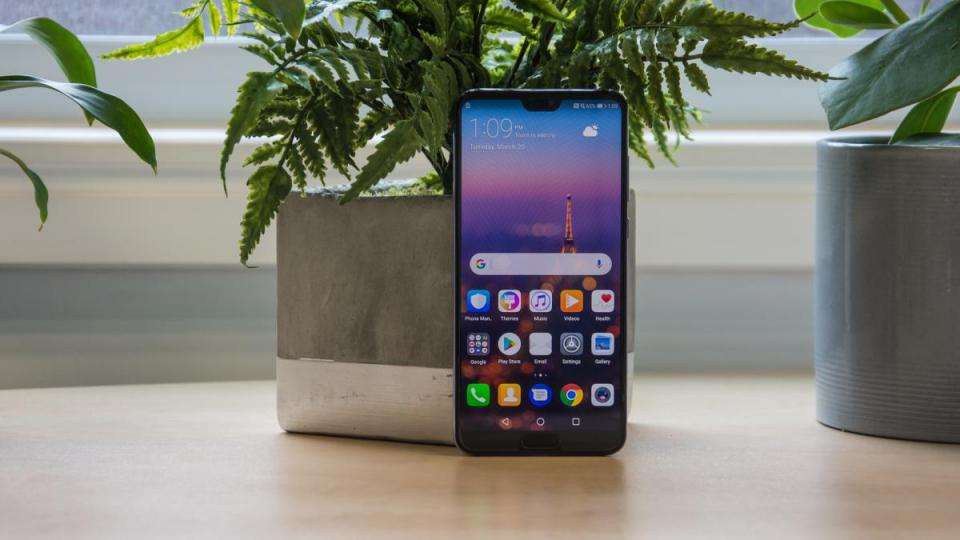
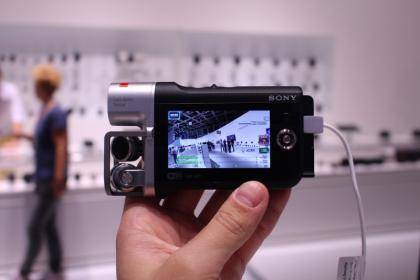

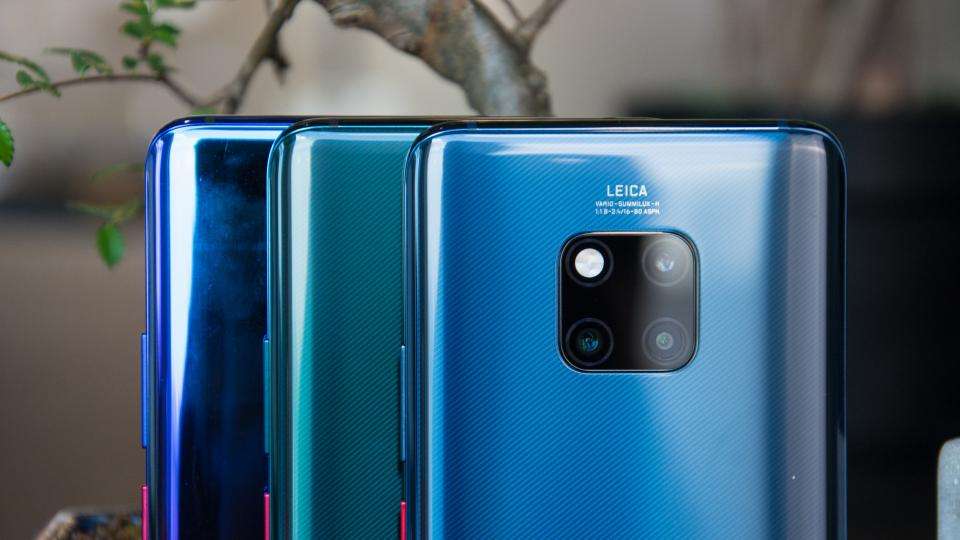
Leave a Reply